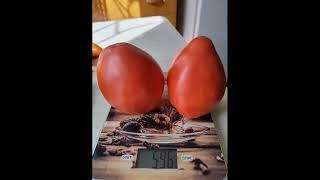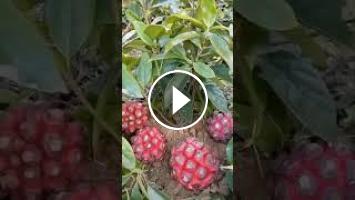To achieve good results in peanut crop production, consider the following:
1. *Choose suitable varieties*: Select high-yielding, disease-resistant, and climate-suited varieties.
2. *Soil preparation*: Ensure well-draining, sandy loam soil with a pH between 6.0 and 7.0.
3. *Sow at the right time*: Plant when soil temperature reaches 65°F (18°C), usually in late spring or early summer.
4. *Optimize spacing*: Sow seeds 1-2 inches deep and 3-4 inches apart, with rows 3 feet apart.
5. *Water management*: Maintain consistent moisture, especially during flowering and podding.
6. *Fertilization*: Apply balanced fertilizers (e.g., 10-10-10 NPK) at planting and flowering stages.
7. *Pest and disease management*: Monitor regularly and control pests and diseases promptly.
8. *Weed control*: Use cultural, mechanical, or chemical methods to minimize weed competition.
9. *Irrigation*: Supplement rainfall with irrigation, especially during drought.
10. *Harvest timely*: Dig up peanuts when the plants turn yellow and the leaves start to dry.
11. *Post-harvest handling*: Dry peanuts to 10% moisture, store in a cool, dry place, and market promptly.
Additionally, consider:
- Crop rotation
- Soil testing
- Integrated pest management (IPM)
- Irrigation scheduling
- Weather monitoring
- Market , these guidelines, you can optimize peanut crop production and achieve better yields and quality.
1. *Choose suitable varieties*: Select high-yielding, disease-resistant, and climate-suited varieties.
2. *Soil preparation*: Ensure well-draining, sandy loam soil with a pH between 6.0 and 7.0.
3. *Sow at the right time*: Plant when soil temperature reaches 65°F (18°C), usually in late spring or early summer.
4. *Optimize spacing*: Sow seeds 1-2 inches deep and 3-4 inches apart, with rows 3 feet apart.
5. *Water management*: Maintain consistent moisture, especially during flowering and podding.
6. *Fertilization*: Apply balanced fertilizers (e.g., 10-10-10 NPK) at planting and flowering stages.
7. *Pest and disease management*: Monitor regularly and control pests and diseases promptly.
8. *Weed control*: Use cultural, mechanical, or chemical methods to minimize weed competition.
9. *Irrigation*: Supplement rainfall with irrigation, especially during drought.
10. *Harvest timely*: Dig up peanuts when the plants turn yellow and the leaves start to dry.
11. *Post-harvest handling*: Dry peanuts to 10% moisture, store in a cool, dry place, and market promptly.
Additionally, consider:
- Crop rotation
- Soil testing
- Integrated pest management (IPM)
- Irrigation scheduling
- Weather monitoring
- Market , these guidelines, you can optimize peanut crop production and achieve better yields and quality.
- Категория
- Севооборот
Комментариев нет.




